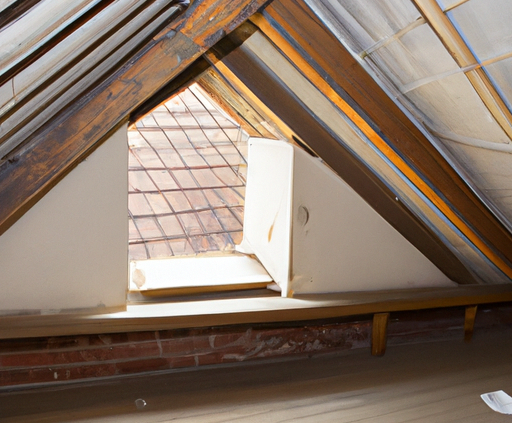Asbestos Testing Explained
Asbestos is a group of naturally occurring minerals that can be found in many commercial buildings and older homes. It can have serious health implications, if not managed correctly. Exposure to airborne asbestos fibers can cause severe respiratory problems like lung cancer, asbestosis, mesothelioma, and other forms of cancers. A partial ban on asbestos was enacted in 1989. However, in 1991, the decision was largely overturned. As a result, many construction materials such as shingles and plaster were made with asbestos until the mid 1990’s.
Common materials that may contain asbestos, especially in homes built before 1980, include; insulation, flooring tiles, ceiling tiles, pipe coverings, textured paints, and walls/floors around woodstoves. Professional asbestos testing involves taking a 2’x 2’ sample of the suspected material in order to determine whether it contains asbestos fibers. The procedures for sample collection vary depending on the type of material being tested. Generally speaking, certified professionals use specialized tools and safety equipment to take a sample and send it to a laboratory for testing.
In regards to buying a house, know that all home inspection contracts for real estate transactions in Texas explicitly state that they will not report on whether asbestos is present or not. Asbestos testing must be done by a certified professional to survey for the presence of asbestos-containing materials (ACMs). If a seller is aware of asbestos is present in say the siding or plaster, Texas requires a disclosure to be filled out and given to potential buyers before any offers are accepted.
Since most sellers will not approve of the destructive method necessary for testing of their ceiling tile or siding, many buyer’s may have to wait until they have ownership of the house in order to test for asbestos.





Leave a Reply
Want to join the discussion?Feel free to contribute!